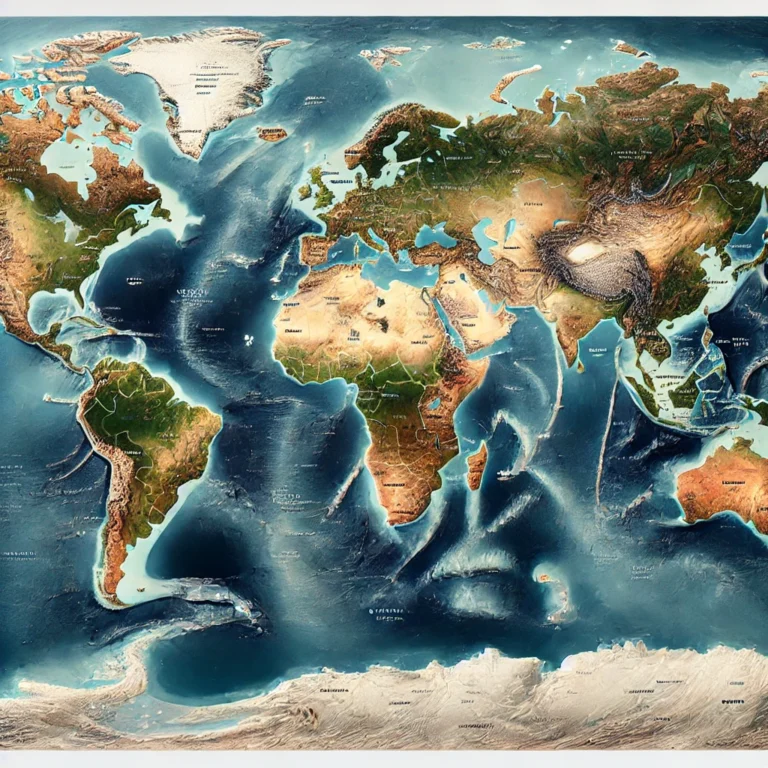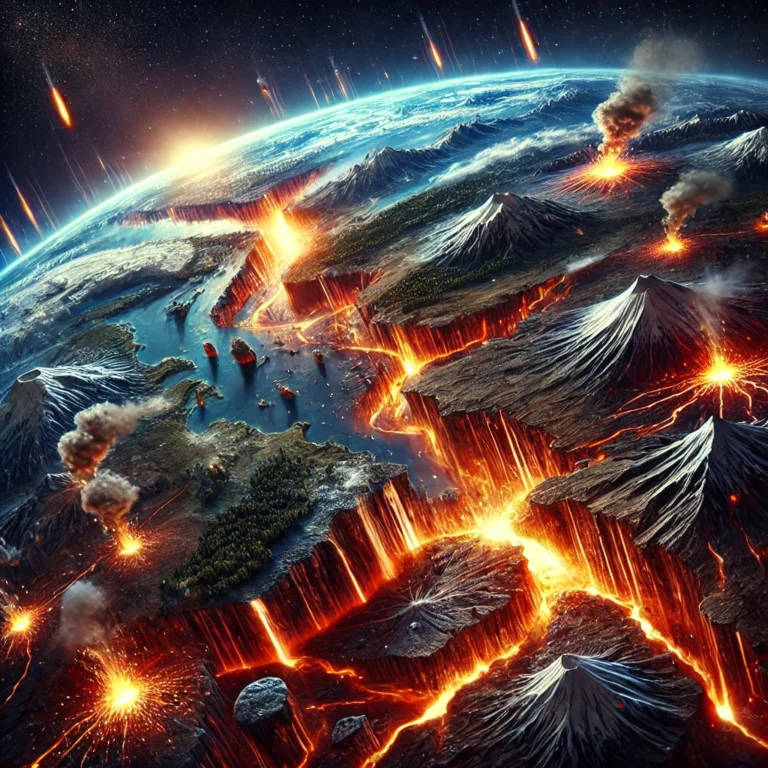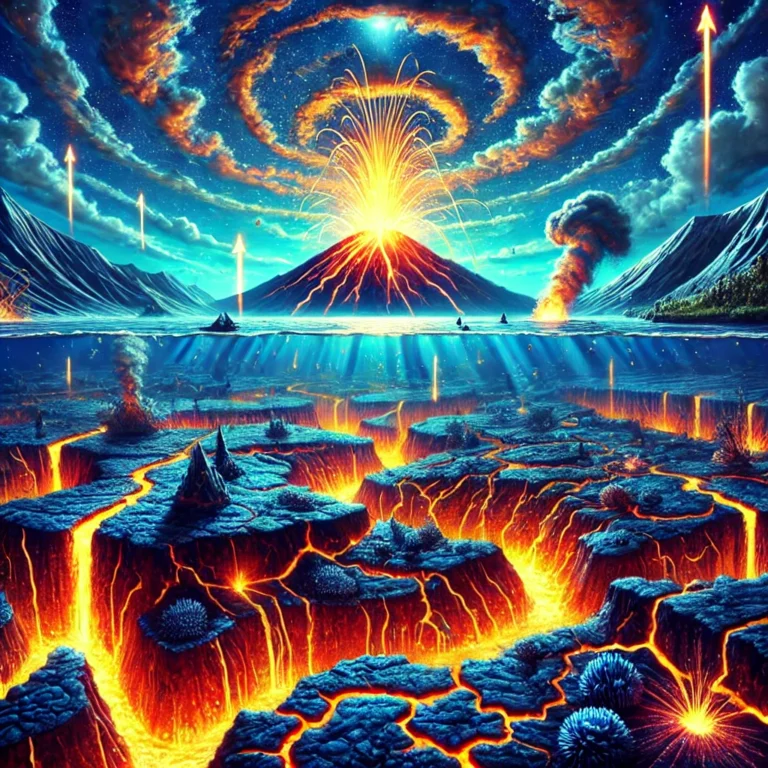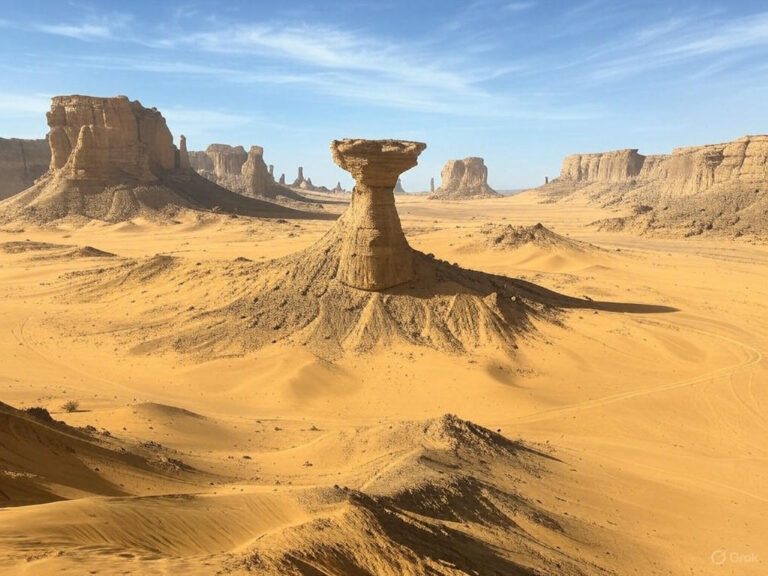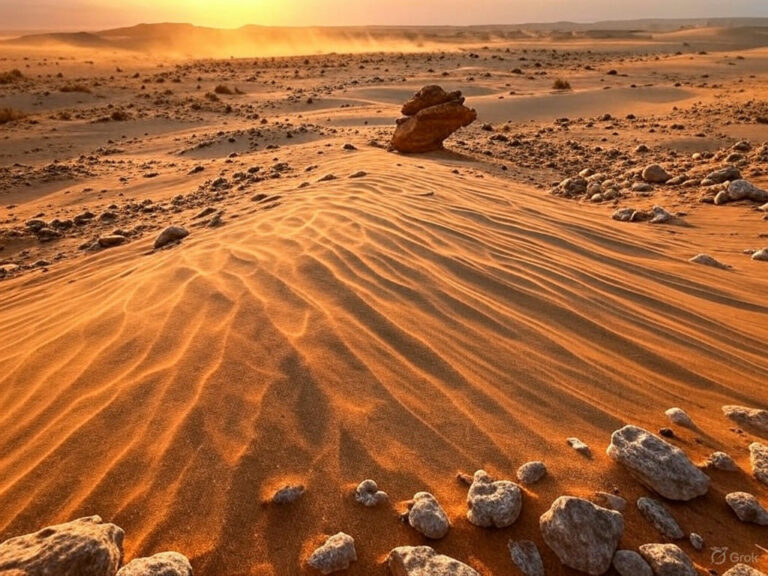Major Islands/Island Groups of South America
South America isn’t just about vast mountains and dense forests — it also features strategically important islands and archipelagos, some located close to the mainland, others quite far in the oceans. Let’s go one by one:
Falkland Islands (UK)
Look at the south of the south America Map and you will find a group of rugged islands in the South Atlantic, sitting peacefully on the Patagonian Shelf, but their sovereignty is not so peaceful. These are the Falkland Islands, claimed by both Argentina and the UK, though currently administered by the United Kingdom as a British Overseas Territory.
- The archipelago consists of East Falkland and West Falkland, plus nearly 200 smaller islands.
- The capital is Stanley, located on East Falkland.
- These islands are not just isolated; they also administratively govern two other remote territories: South Georgia and the South Sandwich Islands (more on them later).
- The sovereignty dispute was a major cause of the 1982 Falklands War between Argentina and the UK — a sensitive geopolitical issue even today.

Galápagos Islands (Ecuador)
Now think of a natural laboratory of evolution, far from the mainland — this is the Galápagos Archipelago, about 1,000 km into the Pacific Ocean.
- Belonging to Ecuador, this chain of 19 volcanic islands and a massive marine reserve is often called a “living museum of evolution” — famously studied by Charles Darwin.
- It sits at the junction of three major ocean currents:
- North Equatorial Current
- South Equatorial Current
- Humboldt Current
This confluence creates an incredibly rich marine biodiversity — including giant tortoises, marine iguanas, and unique finch species.
- Geologically, the islands are formed over a hot spot on the Nazca Plate, making them volcanically active. Some are still forming!
- The tallest peak is Mount Azul (1,689 m), and Isabela Island is the largest of them all.

Tierra del Fuego
At the southernmost tip of South America lies a mysterious, wind-swept archipelago — Tierra del Fuego, which means “Land of Fire.” Why the dramatic name? Early explorers saw indigenous campfires lighting up the coastline.
- The main island is Isla Grande de Tierra del Fuego, shaped like a triangle.
- It is separated from the mainland by the Strait of Magellan, a historically vital sea route.
- Politically, it’s shared between:
- Argentina (eastern half of the main island)
- Chile (western half and islands south of the Beagle Channel)
- The region has sparse population but significant economic activity:
- Patagonian sheep farming
- Petroleum extraction
Strait of Magellan
This strait deserves special mention:
- It’s a navigable sea route that lies between mainland South America and Tierra del Fuego.
- Much safer than the stormy Drake Passage near Cape Horn.
- Punta Arenas, located on the Brunswick Peninsula, is the main port in this region.

South Georgia and the South Sandwich Islands (UK)
Travel even further into the cold South Atlantic, and you’ll find another British Overseas Territory — South Georgia and the South Sandwich Islands.
- These are remote, icy, and sparsely populated, but strategically important.
- King Edward Point is the administrative centre.
- Like the Falklands, Argentina also claims these islands, and this was one of the triggers of the 1982 Falklands War.
- They are known more for scientific research stations and marine biodiversity than human settlement.
Conclusion
So, the islands of South America — from the politically sensitive Falklands and remote South Georgia, to the biologically vibrant Galápagos and windswept Tierra del Fuego — all tell unique stories. They are not just landmasses but markers of colonial history, biodiversity hotspots, and strategic geopolitical zones.


